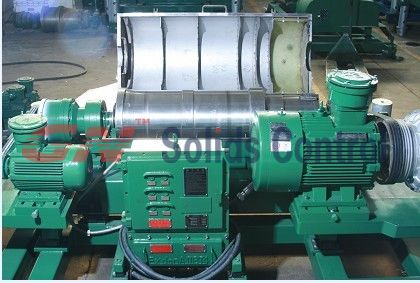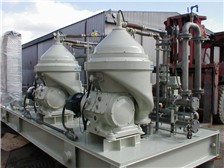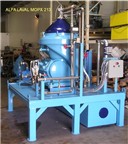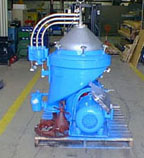Although Chernobyl blemished the image of nuclear energy, the accident's positive legacy is an even stronger system of nuclear safety worldwide. In 1989, the nuclear industry established the World Association of Nuclear Operators (WANO) to foster a global nuclear safety culture. Through private-sector diplomacy, WANO has built a transnational network of technical exchange that includes all countries with nuclear power. Today every nuclear power reactor in the world is part of the WANO system of operational peer review. The aim of WANO's peer-review system standards set by the UN's International Atomic Energy Agency (IAEA).
Advances in safety practice are unmistakable. At most plants worldwide, reportable safety-related 'events' are now near zero. National and international insurance laws assign responsibility to nuclear plant operators. In the U.S. for example, reactor operators share in a 'pooled' private insurance system that has never cost taxpayers a penny.
Today, nuclear power plants have a superb safety record - both for plant workers and the public. In the transport of nuclear material, highly engineered containers - capable of withstanding enormous impact - are the industrial norm. More than 20,000 containers of spent fuel and high-level waste have been shipped safely over a total distance exceeding 30 million kilometres. During the transport of these and other
radioactive substances - whether for research, medicine or nuclear - there had never been a harmful radioactive release.
Facts on Radiation
Radiation is release naturally from the ground and atmosphere in all places on Earth. This 'natural background' radiation, which varies considerable from region to region, is part of the environment to which all human beings are conditioned. Like many things, radiation can be both beneficial and harmful. Large doses are dangerous. Abundant evidence indicates that small doses are harmless.
The radiation produced within the core of nuclear reactors is similar to natural radiation but more intense. At nuclear power plants, protective shielding isolates this radiation, allowing millions of people to live in safety nearby. Typically, the radiation people receive comes 90% from nature and 10% from medical exposures. Radiation exposure from nuclear power is negligible.
source: world-nuclear.org












